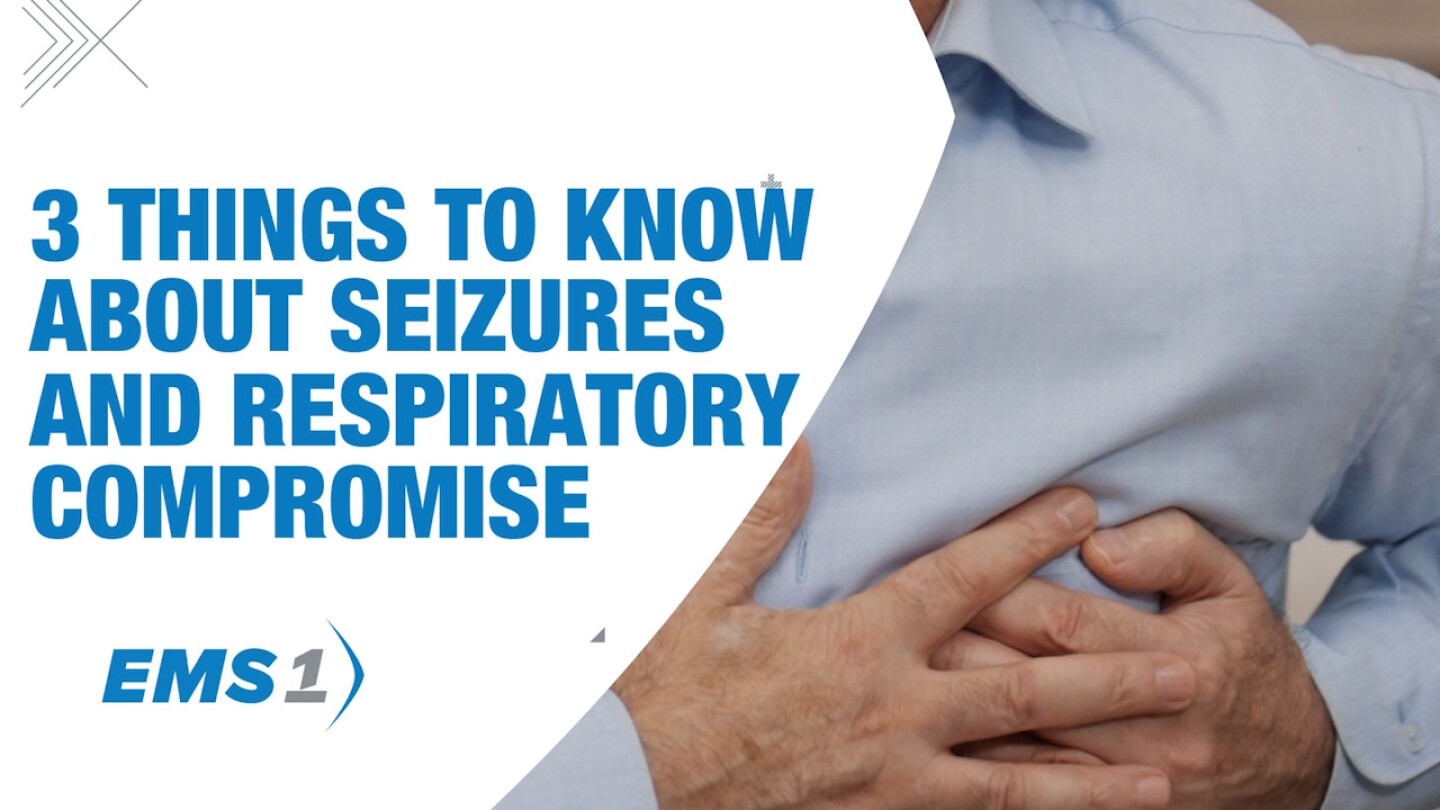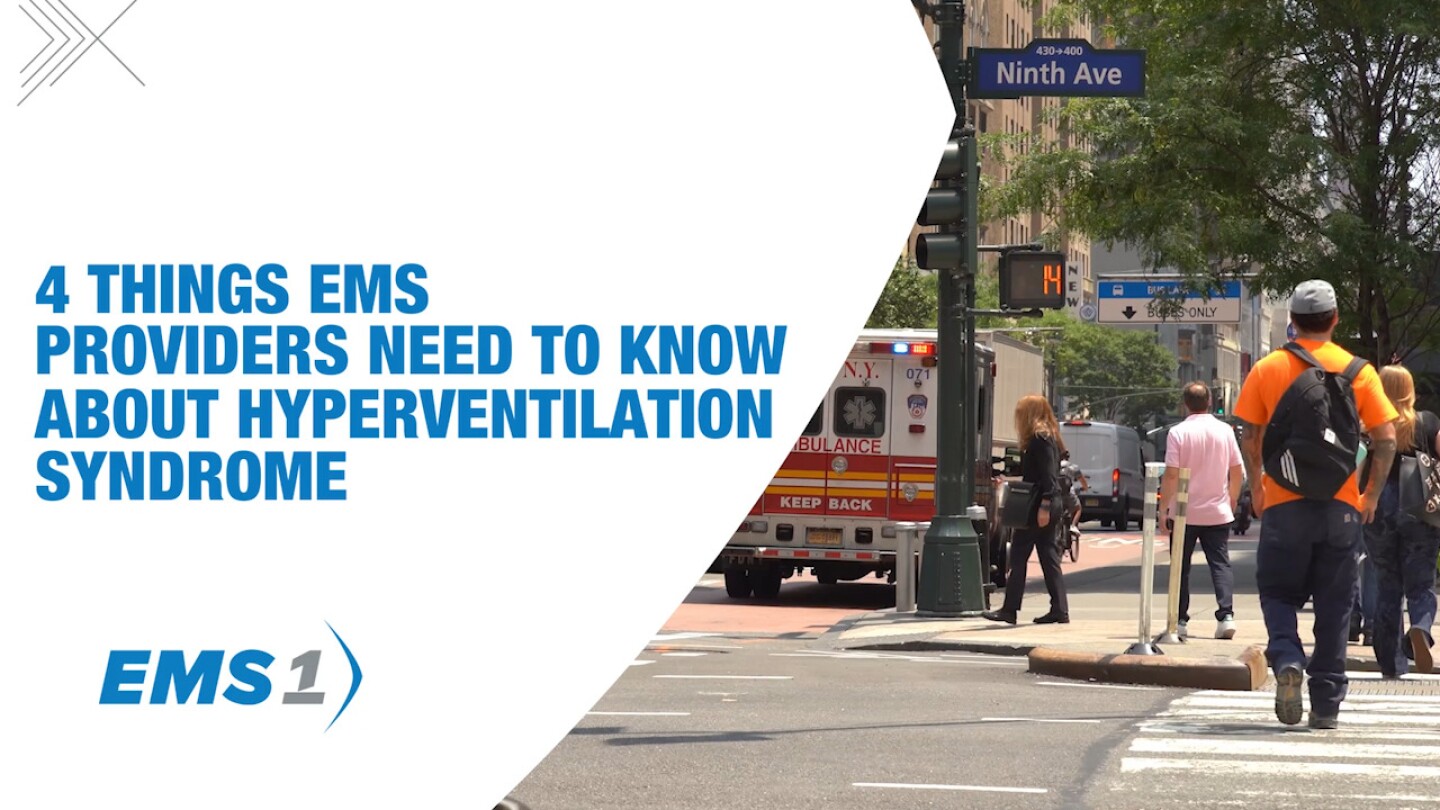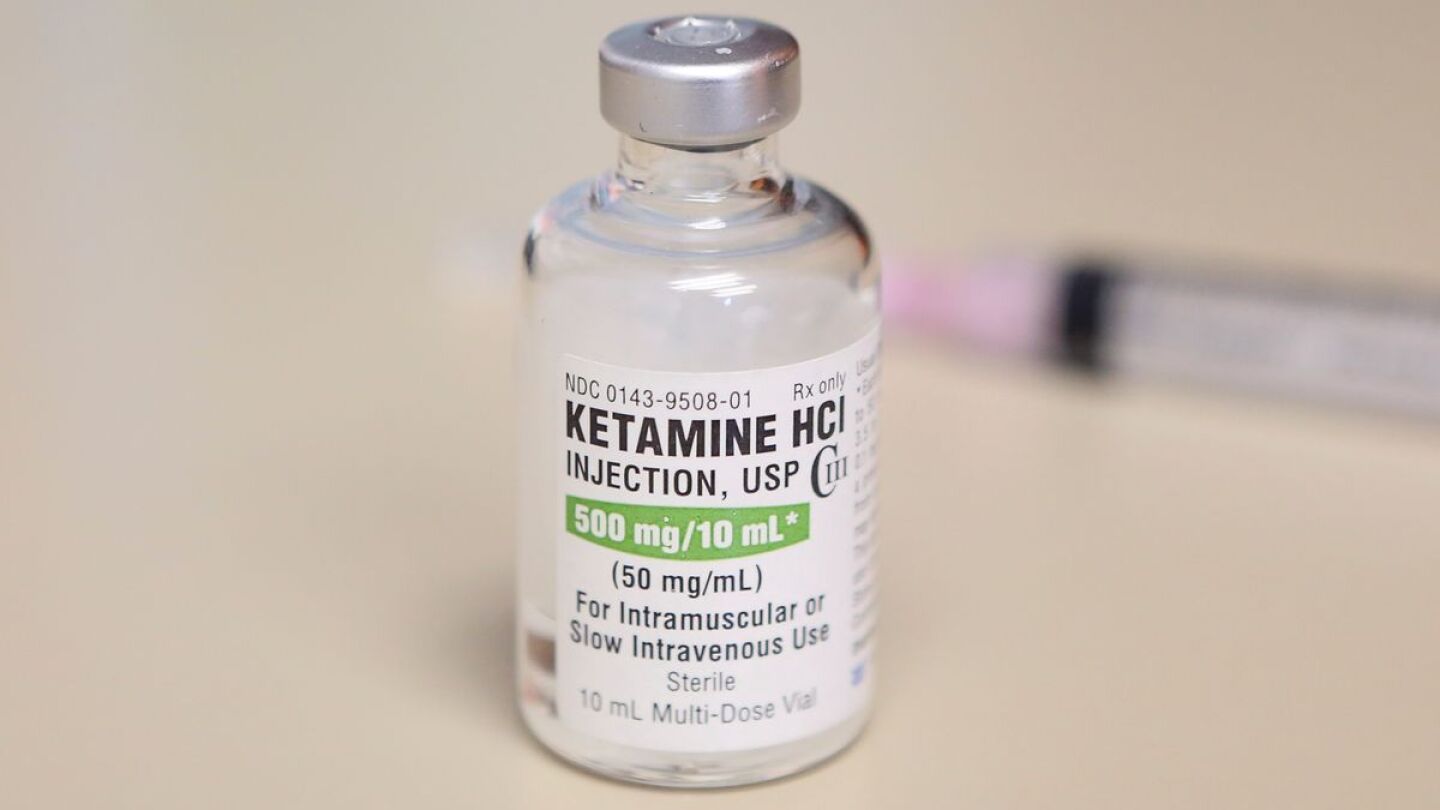Capnography
Discover our directory of articles on Capnography in EMS, designed to equip professionals with the knowledge needed to effectively monitor and interpret end-tidal CO2 levels. This collection covers capnography in various scenarios, including respiratory emergencies, cardiac arrest, and airway management. Understanding capnography is essential for making informed decisions in critical situations. For more insights, explore our resources on Airway Management. Stay informed and improve your patient care with our expert guidance on capnography.
Learn how to effectively manage respiratory challenges during and after seizures
Learn how to detect pulmonary embolism through clinical symptoms and capnography, ensuring prompt and effective response
Assign someone to monitor the patient’s airway visually and with capnography using these five tips
“GCS <8; intubate” may be endangered, but not totally deserving of extinction
In this data-packed EMS One-Stop episode, Drs. Brent Myers and Remle Crowe share 7 critical metrics, from opioid overdoses to pediatric behavioral health, reshaping prehospital care
Hyperventilation syndrome, often triggered by anxiety, presents unique challenges in EMS care. Understanding its nuances is crucial for effective assessment and management.
Diabetic ketoacidosis calls are rising — are your skills ready for the spike?
A recent webinar reviewed its value to EMS and shared tips for ensuring accuracy
From off-grid residents to 96-hour response timelines, Deputy Director Tracey Loscar shares how Alaskan EMS plans for volcanic eruptions, extreme remoteness and respiratory threats
Capnospot Pneumothorax Decompression Indicator is designed to affix on the distal end of any commercially available needle angiocatheter or thoracostomy device
Understand how continuous waveform capnography and ETCO2 monitoring during CPR can improve cardiac arrest outcomes
Learn how waveform capnography enhances patient assessment, guides treatment and improves outcomes in respiratory arrrest and distress
Steve Whitehead breaks down pulse ox plethysmography
Identifying and treating tension pneumothorax, a life-threatening condition that can occur with chest trauma
Pope Francis is recovering at the Vatican under 24-hour medical care, receiving ongoing respiratory and speech therapy, with doctors reporting no current threat to his life
Capnography and ETCO2 monitoring are critical for assessing ventilation, confirming airway placement and guiding resuscitation
Steve Whitehead shares CPAP contraindications
A joint NAEMSP, NASEMSO, NEMSMA, NAEMT, APA position statement prioritizes patient and provider safety
The need for data-driven decisions in managing aggressive patients while ensuring safety and compliance
From the 1500s until today, techniques for placing a tube into the trachea have continuously evolved and will continue to improve in the future
Four distinct events must occur in order for an anaphylactic reaction to manifest
Day 1 of the Wisconsin EMS Association conference featured sessions on sepsis, electrolyte imbalances, facial trauma and traumatic amputations
New solutions for higher standards of care
Make sure each of your service’s cardiac arrest patients get the best chance of survival by prioritizing high-quality CPR in training and in practice
How advanced techniques like delayed-sequence intubation and NIPPV mitigate adverse outcomes in physiologically difficult airways
Are those historical skills a blessing or a curse?
NEMSQA: The data shows the industry can do better
In a deep dive into NEMSQA’s 2024 report, Dr. Jarvis discusses critical airway safety measures and how EMS providers can leverage data, protocols and collaboration to achieve safer, more effective care
Communicating with law enforcement and following these clinical guidelines will help to keep patient safety first and foremost
MOST POPULAR
- Study: Paramedics are shifting to supraglottic airways
- On-demand webinar: Mastering capnography in EMS – Overcoming monitoring challenges
- NEMSQA 2024: Dr. Jeff Jarvis on airway safety and the path to EMS improvement
- Insights, actions and the future of EMS: The 2025 ESO EMS Index
- 5 things EMS providers need to know about capnography and ETCO2 monitoring































